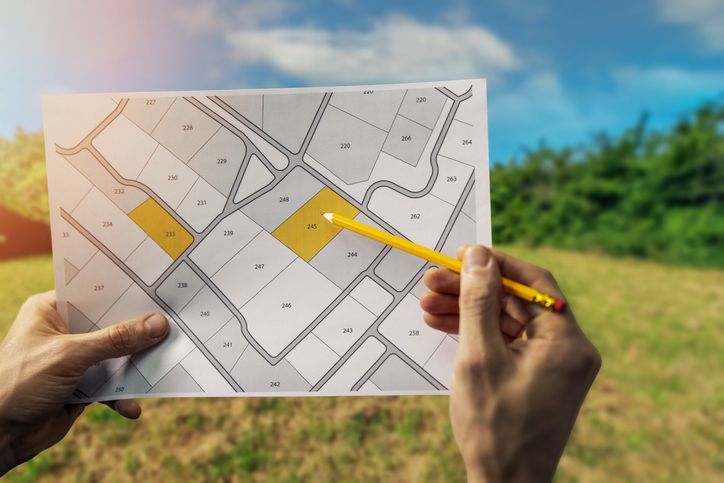NSW makes history with appointment of ongoing female Valuer General

May 2024
The Lieutenant-Governor of NSW has appointed Ms Sally Dale as the State’s Valuer General for a four-year term, from 1 June 2024 until 31 May 2028.
Ms Dale is the first woman Valuer General for NSW since the role was established over 100 years ago. She has been appointed for a four-year term after excelling in an acting capacity over the past year, and the appointment followed an open recruitment process.
Latest land values published
The Valuer General has published the latest land values for every parcel of land across New South Wales. The land values reflect the value of land only, as at 1 July 2024. See:
- NSW-wide summary media release New land valuations for NSW
- Full report at Valuer General's report on NSW land values
- Sydney, regional and coastal NSW regions summaries below.
- For a specific land valuation see Find land values
Also see the Valuer General's land values information pages.

Browse land value summaries by region
Image

City of Sydney
New land values for the City of Sydney.
Image

Greater Sydney
New land values for Greater Sydney.
Image

Regional NSW
New land values for regional New South Wales.
Image

Coastal NSW
New land values for coastal New South Wales.
Valuer General NSW
The NSW Valuer General is an independent officer responsible for overseeing property valuation, and ensuring fair and transparent land values. Find out more about the Valuer General supported by the work of Value NSW.
